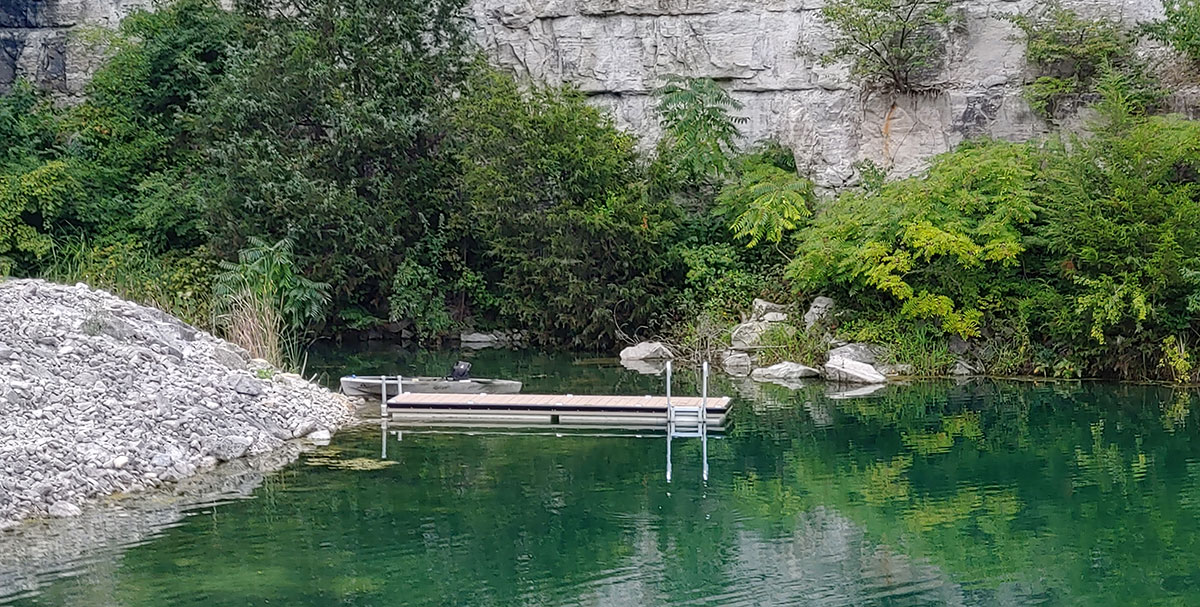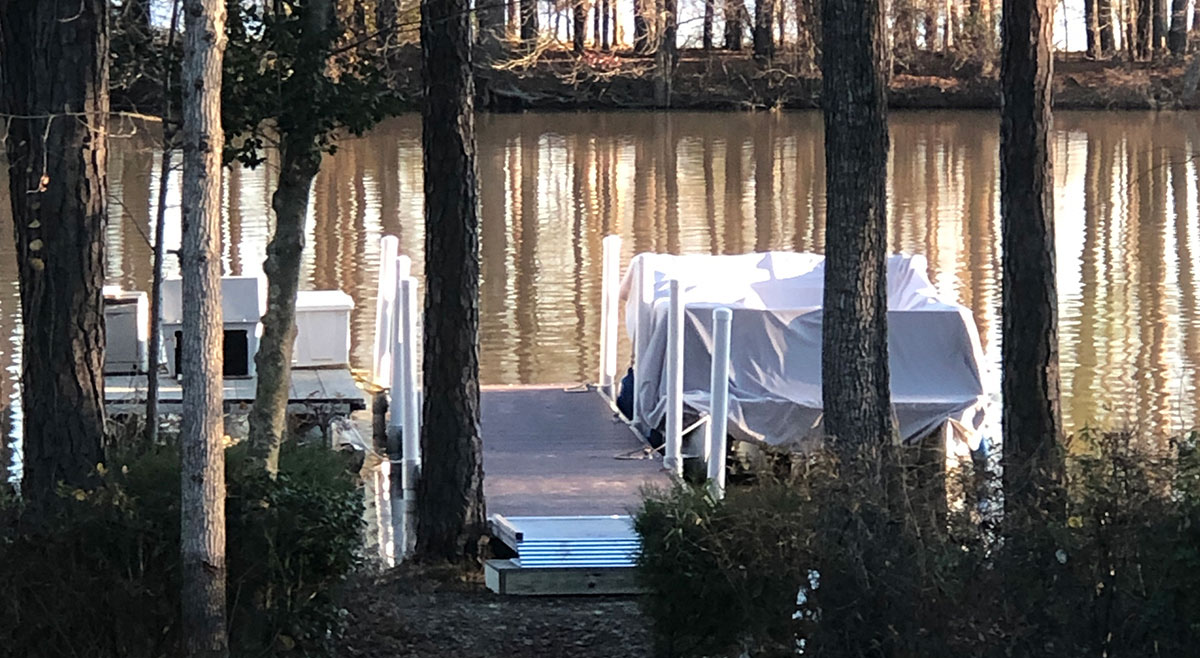
How Fast Is the Sea Level Rising in Florida?
The impacts of climate change can feel a world away, but it is already making its mark close to home. Not only is this an environmental issue, it is an economic one as coastal communities plan for the future that is, in many aspects, already here. Florida, for example, is earmarking $4 billion in funds to protect sewage systems, make storm water improvements, build and fortify seawalls, and raise roads in anticipation of rapidly rising sea levels. The Florida sea level rise is also a personal issue. Property owners, boaters, recreational businesses, and others must also prepare for these changes.
Since 1950, the Florida sea level has risen eight inches. This may seem like a minor change over the course of several decades, but it is indicative of a serious problem – and one that scientists say that will only worsen in the coming years.
What Causes a Rise in Sea Level?
Nature! Fluctuations in sea levels are not new; this has been happening for millennia. So, why the buzz around the topic recently? Geographically speaking, sea levels have been relatively stable for centuries. Yes, there were changes, but humans settling along coastlines could safely assume their villages, towns, or cities would remain intact and the shoreline would remain just about unchanged.
Relatively stable – until now. The rate at which sea levels are rising has greatly accelerated over the past ten years. Much of this is due to polar ice melting into the ocean: and again, while this, too, has occurred throughout natural history, man’s “contribution” in the form of pollution, greenhouse gases, etc., is speeding up the process. Coupled with a slowdown in the Gulf Stream, the problem is growing in urgency.
Florida is also particularly vulnerable because our bedrock is porous limestone. Think of it like a hard sponge; those little holes and crevices allow groundwater to rise at an equivalent rate as the ocean. Flood mitigation efforts are much more complex as saltwater can simply flow through limestone and under sea walls.
Experts predict that Florida’s sea level will rise one inch every three years. To put that into perspective, it took about 70 years for the Florida sea level to rise eight inches. We’re on track to raise it another eight in just 24 years – nearly three times faster.
What Will Happen as Florida Sea Levels Rise?
As water levels rise, the land is not able to adequately absorb or redirect it to aquifers. Water will then spill out onto streets, green spaces, into drinking water systems, etc. Not only does this impact plant and animal life by changing their ecosystem drastically, it impacts human life.
Remember the limestone “sponge” we mentioned earlier. When it becomes soaked and saturated, even normal rainwater can cause flooding. Some areas in Florida even flood at high tide now. There is also the danger of “saltwater intrusion.” Here, saltwater infiltrates areas that were previously only freshwater.
So, while the sea level increases by one inch every three years, it greatly impacts the ability of the bedrock to absorb normal rainfall and tidal actions. This exacerbates the problem and poses a significant risk to our drinking water systems, freshwater sources for wildlife, sewage systems, road infrastructure, and more. And, because we are seeing more frequent and more severe storms, flooding is all but commonplace.
Rising sea levels in Florida will also impact the boating/water sports world. This is not a minor concern. Tourism and recreation are huge contributors to the economy, not to mention to our quality of life as residents/visitors to the Sunshine State.
High tides and king tides are normal, natural occurrence. But given the sea level rise, we are going to see more flooding and higher water levels across the board. Experts recommend that marine and boat operators, as well as private property owners, install flexible floating docks to accommodate for these changes.
Why Floating Docks Are Critical as Florida’s Sea Levels Rise
Floating docks are large platforms that float on the surface of the water. Unlike permanent or fixed docks, they are designed to rise and fall with the water level. They easily adapt to changing conditions, while offering the versatility, convenience, and security you need for your boat or other watercraft.
Sea levels will continue to rise; it is inevitable. However, as we take complex steps to mitigate the effects of climate change, a simple change to a floating dock can ensure that our residential or business-related needs are met in terms of boats and other recreational equipment, such as kayaks, canoes, and PWC.
If you have any questions on the impact of rising sea levels or how to protect your boat, PWC, docks, and property, please contact AccuDock. As we work towards a secure future, we’ll help you take steps today to select and install a dock that meets your needs.
AccuDock is a global leader in the design and manufacturing of Floating Docks
CALL 954.785.7557 OR EMAIL INFO@ACCUDOCK.COM FOR MORE INFORMATION








